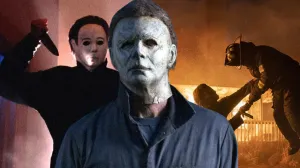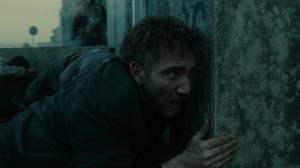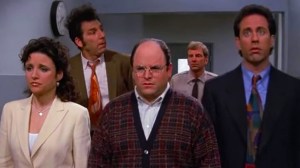John Carpenter’s Halloween is a bona fide classic that pioneered the slasher genre and changed horror forever. Released in 1978 and produced with a budget of only $300,000, it used creative camerawork and a now-iconic score to immerse viewers in the suburban nightmare. Masked villain Michael Myers became the new face of horror, Jamie Lee Curtis’ Laurie Strode laid the groundwork for generations of final girls, and the film itself spawned a major franchise.
Videos by ComicBook.com
Yet despite Halloween’s success, a movie made on that kind of shoestring budget and shot in only 20 days is bound to contain a few mistakes. While it wasn’t Carpenter’s first rodeo, the resource and time constraints led to some baffling question marks, including non native foliage and characters making dumb choices for the sake of the plot. These flaws certainly don’t ruin Carpenter’s classic; if anything, they give the film a campy mystique, but just for fun, we’ve found the five most fascinating Halloween head-scratchers.
5) Autumn in “Haddonfield, Illinois”
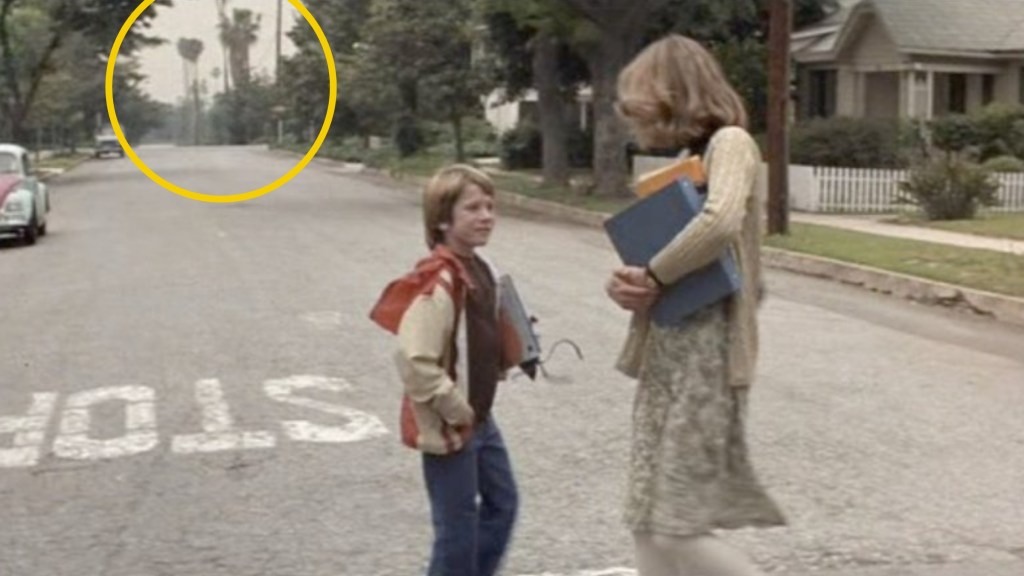
Halloween is set in the fictional town of Haddonfield, Illinois, but when you look closely, so-called Haddonfield sure looks a whole lot like Southern California. In nearly every outdoor scene, fans have spotted full, green-leafed trees, bright lawns, and even a couple of unmistakable LA palm trees. Reportedly, Carpenter and his team did their best to disguise Pasadena as the Midwest by scattering bags of dead leaves on the set. However, with the film shot in May, and midwesterners among the audience, the illusion didn’t quite hold.
4) The Shape Can Drive
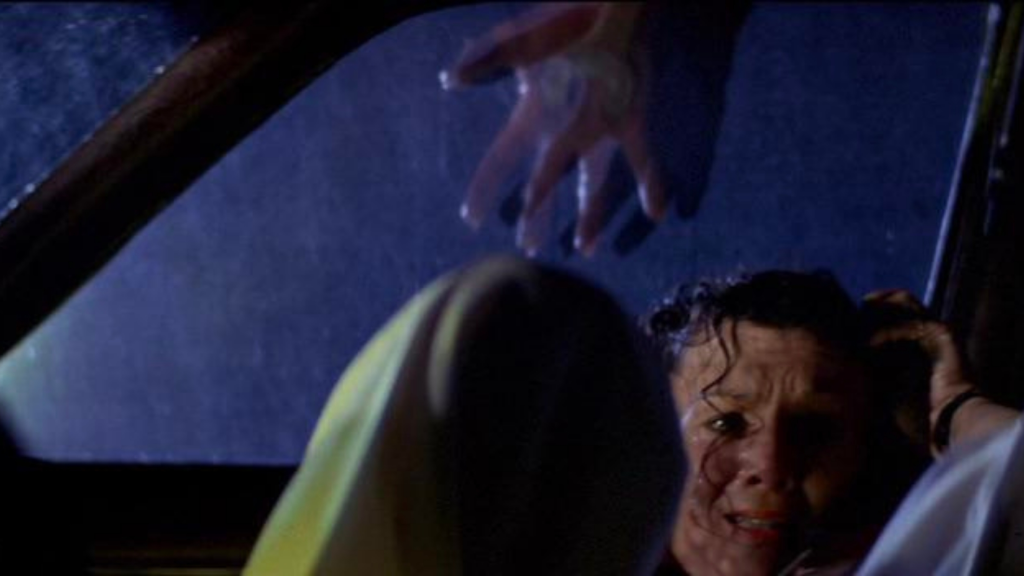
Michael Myers was supposedly locked up at the age of six after murdering his sister. Yet when he escapes Smith’s Grove Sanitarium, he hops in a stolen station wagon and drives away. After being institutionalized since childhood, how is it that Myers knows how to drive and navigate streets of Haddonfield like the back of his hand? Dr. Loomis himself questions it: “He can’t even drive a car!” to which the nurse replies, “Well, he was doing very well last night!” The film opts for mystery over an answer, prompting decades of fan theories, including the idea of The Shape having supernatural powers.
3) Loomis Can’t See His Own Car

For most of the film, Dr. Loomis, played by Donald Pleasence, is the only character who understands the gravity of what’s happening, but even the doctor can’t see whats right in front of (or behind) him. His stolen state-issue car, the same one Michael used to stalk Haddonfield, is parked right across from Laurie Strode’s house for most of the second and third acts. For a supposedly brilliant psychiatrist, it’s pretty wild that he doesn’t notice, at least not until it’s too late. It’s also kind of hilarious, some shots even feel like Carpenter is playing it for laughs.
2) The Hardware Store Alarm

Early in the film, Michael steals his mask, rope, and knives from Nichol’s, smashing the window to get in. Later, when Laurie and Annie drive by with Annie’s father, Sheriff Brackett, the security alarm is still blaring. Given the timeline, it means it’s been ringing for hours on end while Michael’s been out on the streets stalking babysitters. Was the store owner not alerted? Did no one in the entire town hear the alarm? For a community terrorized by a serial killer, Haddonfield’s emergency response seems a little lax.
1) Laurie Ignores the Boogeyman
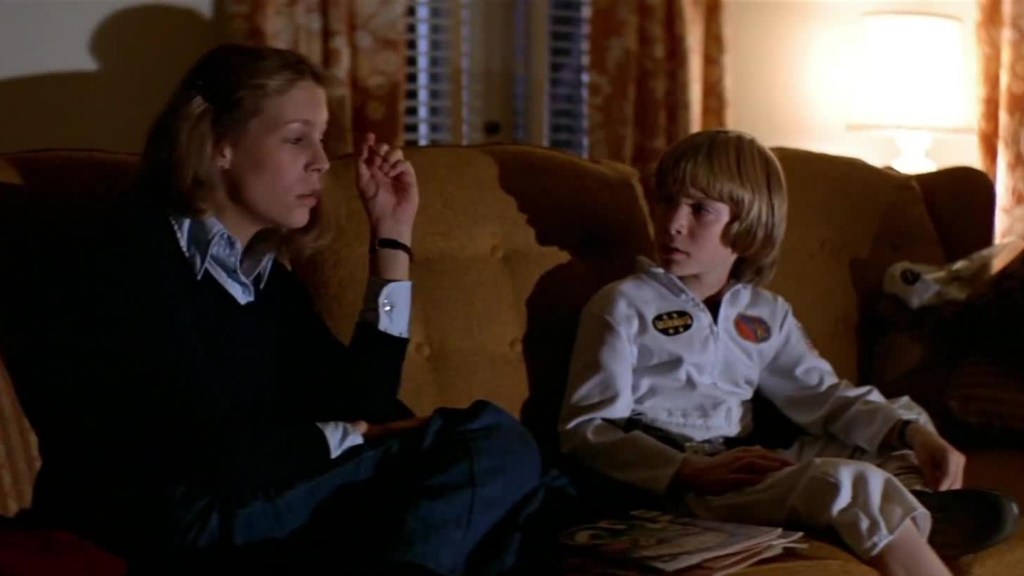
By the film’s climax, Laurie Strode has survived a barrage of unthinkable horrors. She’s seen Michael Myers watching her from the bushes, stalking her friends, and attacking in her own home. So when young Tommy Doyle insists that “the boogeyman” is outside, you’d expect Laurie to agree. Instead, she insists, “There’s no such thing as the boogeyman,” seconds before Michael attacks again. It’s either pure, wilful ignorance, or Laurie trying to comfort Tommy, and thereby convincing herself. However, she has quite literally seen a scary man stalking her all day, so the line of dialogue stretches the limits of what can be passed off as dramatic irony.
Still, it’s one of the most-quoted lines from the film, so fans obviously appreciate it; proof that perfect logic and emotional continuity isn’t necessarily what makes the Halloween franchise so great.
Do these quirks make the movie better or worse? Leave a comment below and join the conversation now in the ComicBook Forum!

